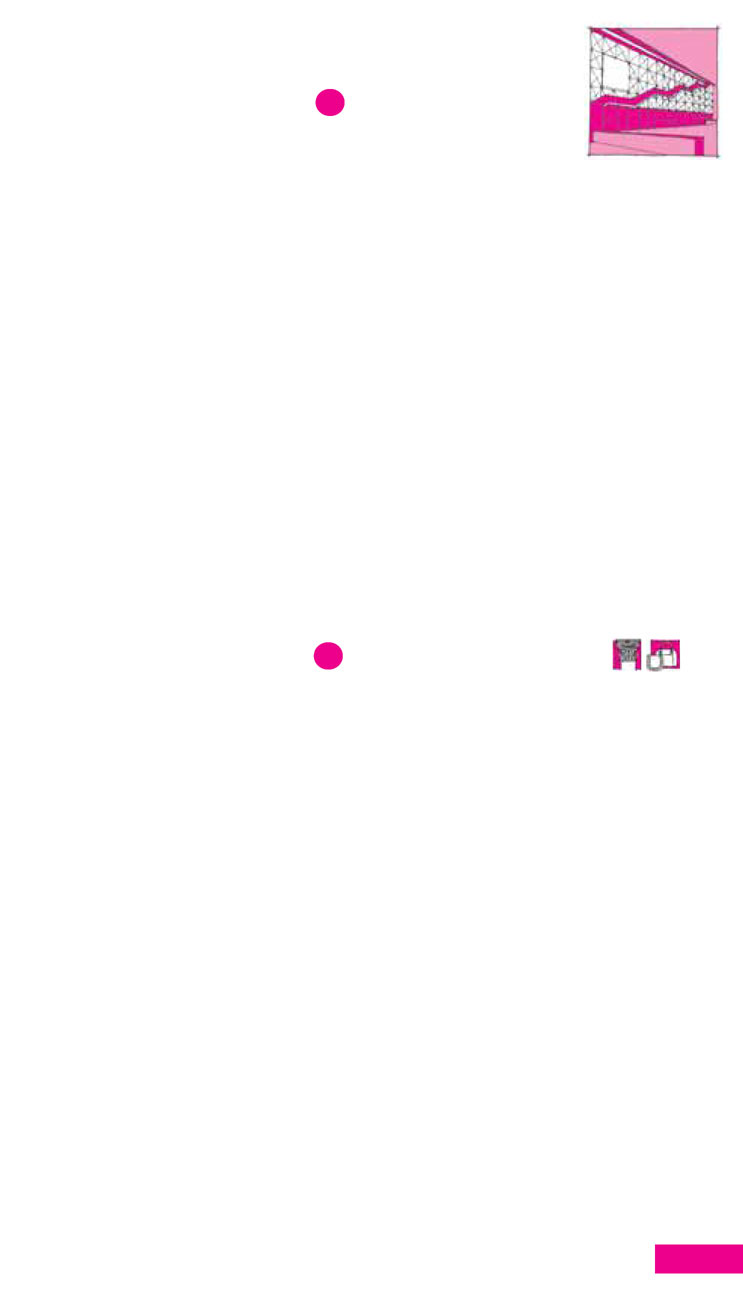10
Continue along rue Berger and turn right onto Boulevard de Sébastapol. The Tour St-Jacques will be on your left after the rue de Rivoli. This tower is all that remains of the 16th-century
church of St-Jacques-de-la-Boucherie (St James of the Butchery), which was demolished after the French Revolution. The church’s strange name comes from the fact that the wholesale butchers from the nearby Les Halles market worshipped here, and also helped to pay for its lavish late Gothic decoration.
The church had been a popular starting-off point for Parisians setting off on pilgrimage as it was on the road to Tours. Most pilgrims would follow the Route of St James, which led all the way to Sant’Iago de Compostela in Spain. A relic of St James was housed in the church. The tower was built between 1509 and 1523 and the stonemasons responsible for its magnificent decoration were Jean de Felin, Julien Ménart and Jean de Revier. It was recently renovated and reopened in 2009. There is a memorial to Blaise Pascal, the 17th-century mathematician, in the form of a statue on the ground floor. He used to conduct barometrical experiments here.
Tour St-Jacques
Tel: 06. 13 61 25 01
11
Continue along Boulevard de Sébastapol and you will come to a symmetrical square flanked by the Théâtre de la Ville on your left and the Théâtre du Châtalet on your right. At the centre sits the Fontaine du Palmier, one of a series of fountains commissioned by Napoleon to provide fresh drinking water for the citizens of Paris. It dates from 1806–08 and is the largest of those still existing. Designed by engineer François-Jean Bralle in the Empire style, the sculpted palm leaves at the top commemorate Napoleon’s Egyptian campaign. The statue of Victory at the top is of gilded bronze and is by sculptor Louis-Simon Boizot. The present statue is a copy, the original having been moved to the Musée Carnavalet.
The twin theatres facing the square were commissioned by Baron Haussmann and built by architect Gabriel Davioud between 1860 and 1862. The Théâtre du Châtalet stands on the site of a small châtelet or fortress and seems identical to the Théâtre de la Ville opposite – in fact they both have very different interiors. Originally used for drama performances, the Théâtre du Châtalet became a popular venue for operettas in the 20th century. It is most famous for the 64-year run of its stage adaptation of Jules Verne’s Around the World in Eighty Days, which was only stopped by the German occupation in 1940. This is also where Diaghilev’s Ballet Russes made their Paris première. The Théâtre de la Ville burnt down during the Paris Commune in 1871 and was rebuilt identically three years later.
Beaubourg
55

